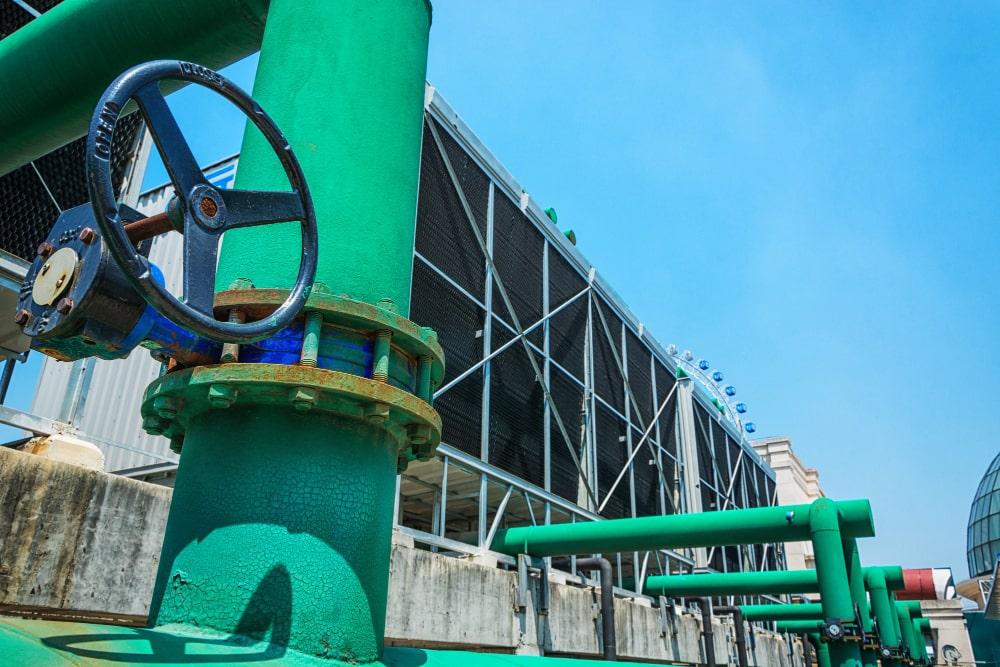Sludge pump systems of wastewater management and industrial processes, quietly manages the challenging task of transporting and disposing of thick sludge and similar materials. From urban wastewater treatment facilities to industrial complexes, these systems are the backbone of countless operations, ensuring compliance with environmental regulations and maintaining operational efficiency. However, the seamless operation of sludge pump systems is far from guaranteed, as they are susceptible to a range of issues that can disrupt operations and incur substantial costs. Let’s explore the common problems that sludge pump system face and understand the critical role that maintenance and troubleshooting play in ensuring the reliable performance of these vital systems.
Pump Clogging
Pump clogging is a prevalent issue in sludge pump systems and can be attributed to several root causes. One primary cause is the presence of foreign objects, such as debris, plastics, or solid materials, which can accidentally enter the pump and obstruct its flow path. Additionally, highly viscous or thick sludge can prove challenging to transport smoothly through the pump, often resulting in congestion and blockages. Inadequate screening or filtering mechanisms can also contribute to clogging by allowing large particles to enter the pump. Clogging leads to a reduced flow rate, obstructing the transport of sludge and prolonging processing times. This reduction in flow rate also translates into increased energy consumption as pumps work harder to overcome the resistance caused by blockages, resulting in elevated operational costs.
Troubleshooting Steps
Regular maintenance: Regular maintenance is crucial to prevent clogs from occurring in the first place. Routine inspections and maintenance checks help identify and address potential issues before they escalate.
Proper Screening and Filtering: Implementing proper screening and filtering mechanisms can significantly reduce the risk of clogs by preventing large debris and particles from entering the pump, ensuring smoother operation.
Adjusting Pump Speed: Reducing the speed can alleviate stress on the system, allowing it to handle sludge more efficiently and potentially preventing clogs. Conversely, increasing the speed may help dislodge minor clogs.



Get Social